What Are Play-To-Earn Games and How Do They Function?

Over recent years, the gaming landscape has transformed with tremendous growth figures. The promising financial returns and burgeoning profits have sparked interest from new developers. As competition ramps up, we see even more substantial expansion within the industry.
One exciting financial model that is catching on is Play-to-Earn (Play2Earn/P2E) . In the realm of cryptocurrency and the budding market for NFT-based gaming, this approach to game design offers mutual benefits for players and developers alike. In this article, we'll dive into the exciting aspects of various play-to-earn games within the crypto sphere and examine how this model has proliferated through collectibles, digital trading card games, auto chess, auto battlers, and esports.
Examining the Enjoyment Aspect of Play-To-Earn Games
Table of contents
Play-to-earn games encapsulate the idea of gaming where a platform allows players to accumulate assets that hold value in the real world as tangible resources.
To put it simply, play-to-earn manifests when a game incorporates an in-game currency that is valuable for purchasing and upgrading items or gear within the game, while also possessing value beyond the game as a cryptocurrency or token. These types of games usually revolve around NFT assets that players can trade in dedicated marketplaces.
By engaging with an NFT-focused game and regularly enhancing the features of their NFTs, players can expect the overall worth to increase. However, this is closely tied to the game's popularity and acceptance among the community.
Another advantage of integrating cryptocurrency into games is that investors (those holding the currency or token) may gain voting privileges regarding game governance. Furthermore, it can lead to participation in the game's community treasury.
Lately, several play-to-earn titles like Axie Infinity and The Sandbox have gained traction, supported by their intricate economic ecosystems linking them to traditional gaming. We're going to break down these games into their respective genres.
The gaming world now features crypto genres categorized as follows:
Crypto Gaming Genres
In the last ten years, trading and collectible card games have seen a meteoric rise—both in physical and digital formats—resulting in a boom within the global gaming community. Collectible Card Games (CCGs) , otherwise known as Trading Card Games (TCGs), blend deck-building strategies with trading card elements. Originally played on tabletop surfaces, these games have also become widely popular in their digital forms, consistently appealing to players.
- Collectible Card Gaming (CCGs)
- Battle Royale
- Auto Battlers
- Auto Chess
- Create + Explore
- City builders
- Gambling Games
- Evolvers
Notable Early CCGs – Physical, Digital & Virtual Formats
Typically, CCGs showcase themes rooted in fantasy or science fiction. Players start with a pre-made deck and can acquire more valuable and rare cards through booster packs or trading, enriching their collections and crafting decks that can take on tougher challenges.
Basic gameplay involves players taking turns to draw and play cards while attacking their opponents. Often, there’s a mana system that allows players to summon cards onto the battlefield. Combinations of cards can enhance their effects, creating powerful synergies. The ultimate victor is the last player remaining after reducing their opponent's health points to zero.
The originator of the CCG universe that likely inspired many of the subsequent titles is
Creating & Exploring in Game Example: the Sandbox
(commonly known as “Magic” or MTG). The game was conceived Magic: The Gathering and launched in 1993. Dungeons & Dragons Another classic still enjoyed today is the
(often abbreviated as PTCG or Pokémon TCG). This franchise eventually led to Pok é mon Trading Card Game , a 2016 augmented reality mobile game, allowing players to locate, capture, and train virtual creatures using GPS and their mobile devices. Another successful addition to this genre is Pokémon Go While many of the initial CCGs were traditionally played using physical cards, the rise of digital technologies and the internet has spurred a significant increase in digital collectible card games (DCCGs). A standout title in this digital arena is Yu-Gi-Oh! .
created by Blizzard Entertainment, which draws its characters and lore from the beloved World of Warcraft universe. Another notable example within this category is Hearthstone , inspired by Andrzej Sapkowski’s The Witcher novels. An additional successful DCCG to mention would be the Gwent: The Witcher Card Game The popularity of DCCGs has spurred the growth of esports surrounding these games. Digimon Collectible Card Game .
With the advent of blockchain, cryptocurrency, and NFTs, the collectible card game landscape continues to evolve to include NFT-linked CCGs. Blockchain innovation is shaping the future of gaming, allowing players to trade, sell, and lease their NFT card collections.
NFT-Based CCGs & Play-to-Earn
Many of these games feature cards that work seamlessly with external market platforms like OpenSea, PeakMonsters, and Monster Market, where players can exchange them at market prices. This enriches the play-to-earn aspect while delivering entertaining gameplay.
Players are flocking to GameFi (the convergence of gaming, NFTs, and even DeFi) for three principal reasons:
Genuine Ownership: In traditional digital gaming, although players can buy in-game assets, those assets aren't actually theirs. In contrast, NFT-based games empower players with complete ownership of their assets—be it cards, land, avatars, or weapons, all represented as NFTs.
- Authenticated Rarity and Uniqueness: The principle of non-fungibility allows creators to produce entirely unique tokens along with varying levels of rarity for different assets. Naturally, some in-game items will be rarer or more valuable than others, and their worth should correspond accordingly. Blockchain technology facilitates straightforward verification of each asset's rarity, uniqueness, and legitimacy.
- Income Opportunities While Playing: As highlighted previously, numerous new CCGs integrate play-to-earn functionalities. Players can earn cryptocurrencies and in-game items with real-world significance simply by engaging in these games. Many of them feature secondary trading markets.
- Gods Unchained stands out as a free-to-play tactical card game
Gods Unchained The well-known Axie Infinity NFT game encourages players to collect, battle, nurture, breed, trade,
Ccg Game Example: Axie Infinity
Image source: Axie Infinity Whitepaper
The popular Axie Infinity of their Axie Infinity Origin Alpha. Their earlier versions included an auto battler (further discussed in this article) and a classic iteration. the first gameplay and live action Battle Royale card games serve as survival-themed card games that blend Battle Royale gameplay with board game social dynamics. The last player standing becomes the champion after all opponents have been eliminated.
Battle Royale
This subgenre demands a wealth of game knowledge as well as the ability to anticipate on the fly, since players must navigate the uncertainty of which characters or cards they will acquire or which synergies to pursue. It can be a tense and challenging experience, but all players share a fair chance of experiencing a stroke of “luck.”
is an entertaining, well-executed, and widely popular battle royale CCG that meets contemporary standards of quality gameplay. The Battle Royale mode is one of its offerings, alongside other segments like MOBA (multiplayer online battle arena). Battle Royales consist of vast confrontations involving up to 42 players or 21 duo teams. Participants can earn Thetan Coin (THC) or Thetan Gem (THG) through battles or by accomplishing various in-game objectives.
Thetan Arena The emergence of auto battlers and auto chess has taken the strategy gaming realm by storm over the past few years. Whether you're a dedicated gamer or a casual mobile player, you've likely come across these terms as they gain traction and attention online.
Auto Battlers & Auto Chess
Auto chess represents a newly developed variant of auto battlers, showcasing turn-based RPG elements with a heavy focus on strategy intertwined with random elements and variables. It mimics a Trading Card Game (TCG), but instead of facing off against one opponent, the challenge is to survive against seven others.
Auto Chess
What Are Play-To-Earn Games and How Do They Function?
In recent years, the gaming sector has seen unprecedented expansion. The surge in revenue and substantial profits has piqued the interest of a myriad of new developers.
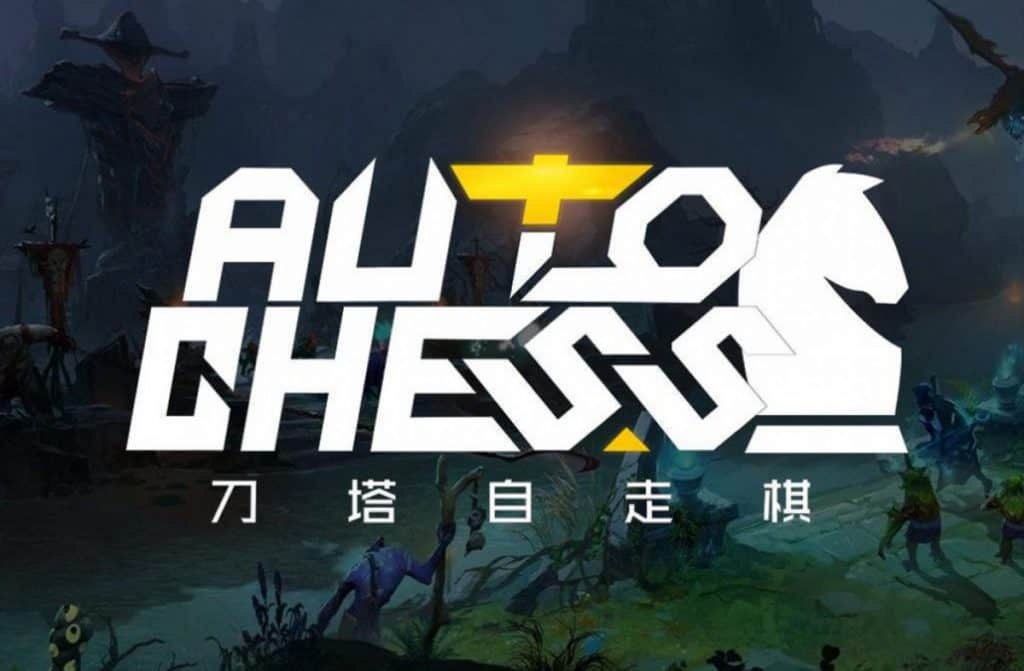
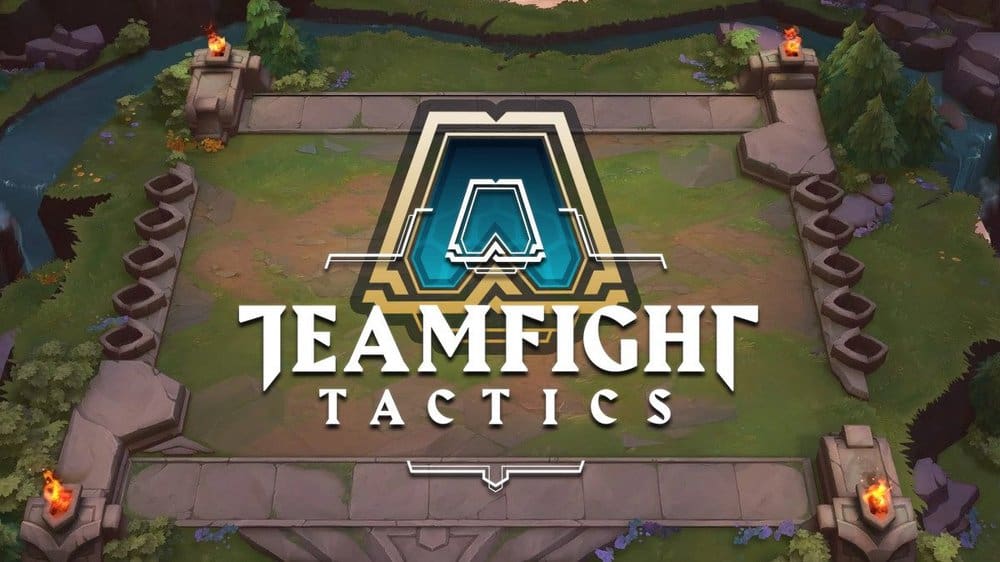

What Exactly Are Play-To-Earn Games and How Do They Operate? Dota Underlords from Valve, League of Legends’ Teamfight Tactics (TFT) , and Auto Chess FTC's Attempt to Halt Microsoft-Activision Merger Fails
Other auto battlers include Pegaxy Published: July 6, 2022, 2:57 AM Updated: April 4, 2024, 11:58 AM
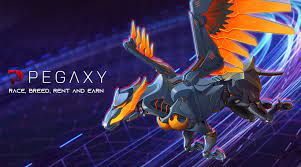
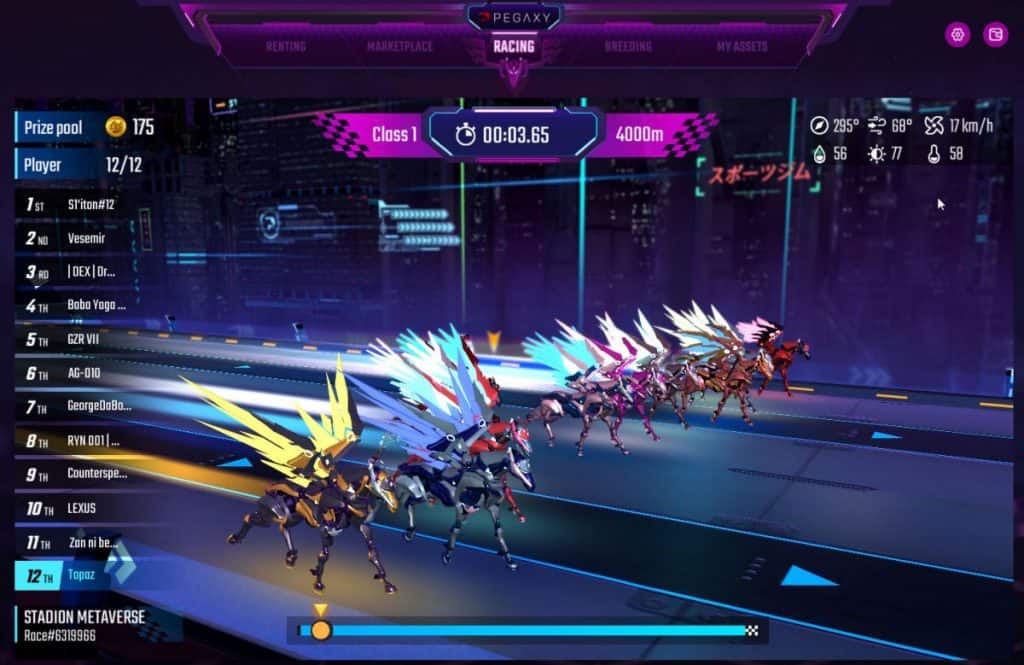
Create & Explore
To enhance your experience in your native language, we sometimes use an automatic translation tool. Keep in mind that the translations might not be entirely accurate, so please review carefully.
Decentraland In the past few years, the gaming industry has undergone unmatched growth. The surge in profits has drawn new developers into a more competitive landscape, resulting in a robust expansion within the sector.

This gaming format benefits both game players and developers alike, creating a unique symbiosis.
In this article, we’ll delve into the thrilling aspects of various play-to-earn games in the crypto ecosystem, showcasing how they have permeated markets like collectible and digital trading card games, auto chess, auto battlers, and esports. The Sandbox Investigating the Excitement of Play-To-Earn Games
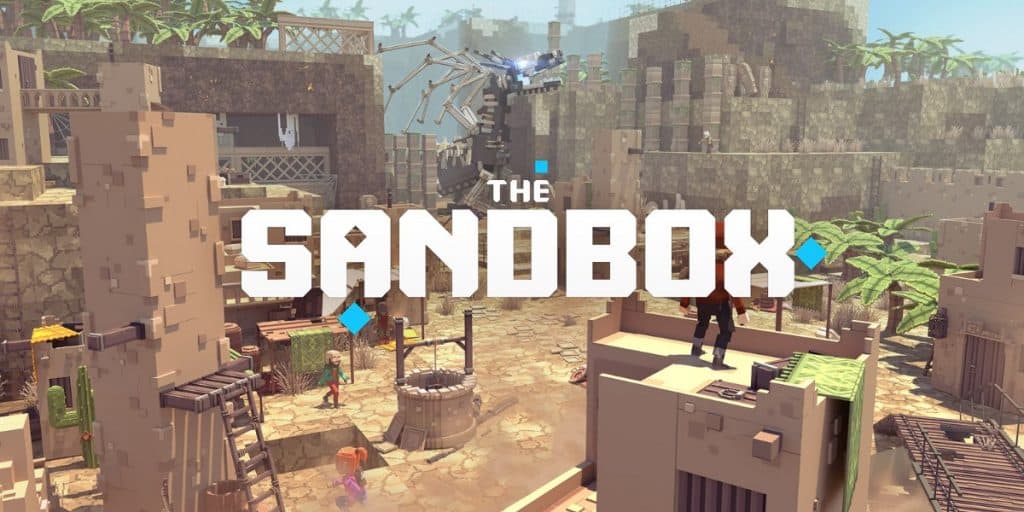

The realm of collectible card games (CCGs) and their cultural impact
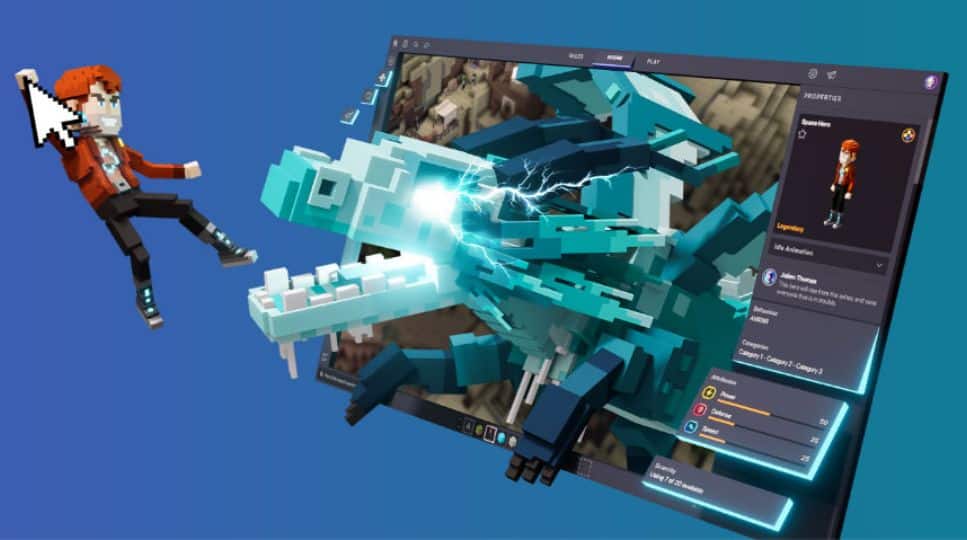
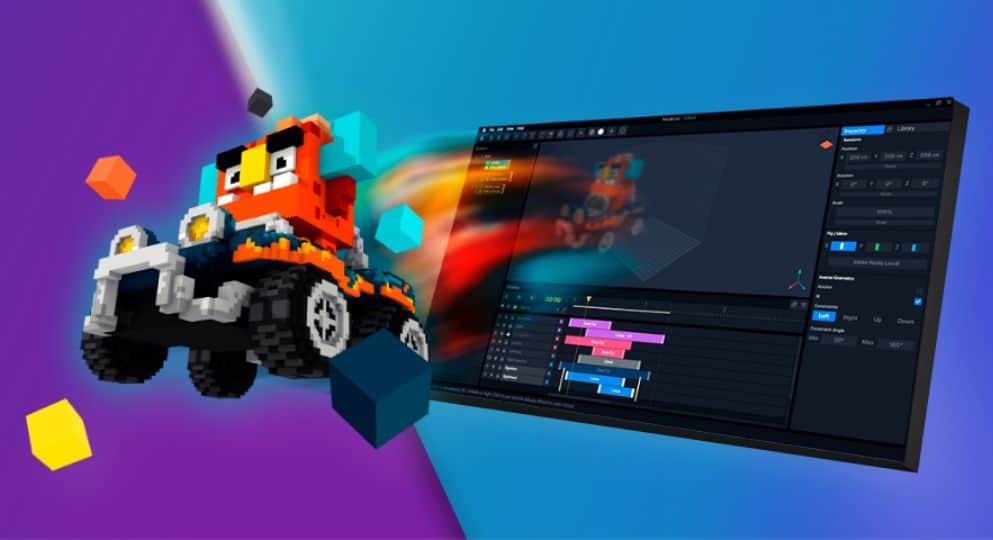
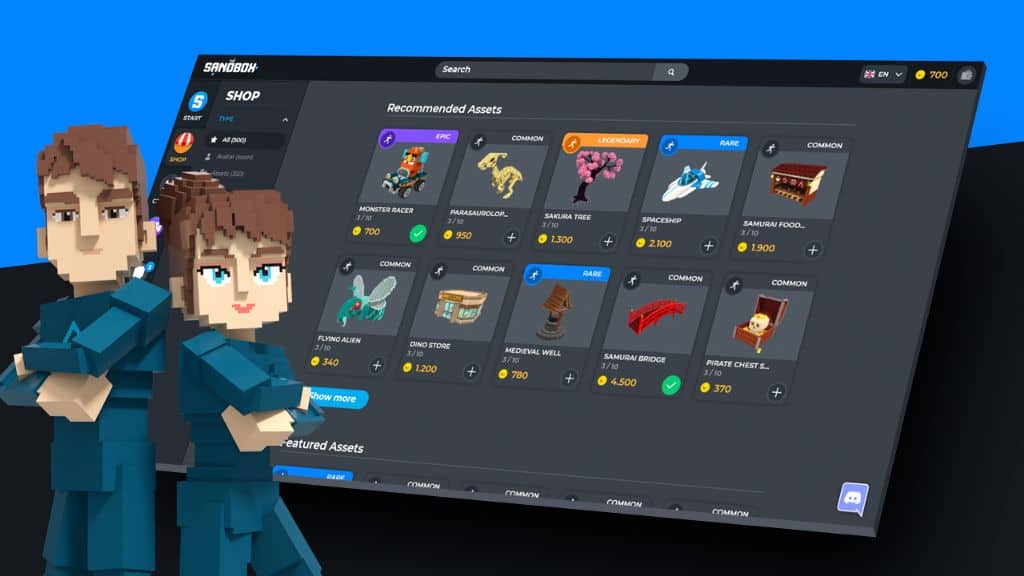
Highlights of Early CCGs: Physical, Digital, and Virtual Variants Sandbox’s NFT marketplace . VoxEdit Create and Discover Game Example: The Sandbox Game Maker allows Investigating the Excitement of Play-To-Earn Games .
Play-to-earn games bring forth a fascinating concept where platforms offer players the opportunity to earn in-game assets that convert into valuable resources in the real world.
In essence, play-to-earn occurs when a game’s in-game currency holds value both in gameplay—used for purchasing and enhancing items—and in the outside world as a cryptocurrency or token. Typically, these games engage players through NFT assets that can be traded within specialized marketplaces.
As players enthusiastically interact with NFT-based games, consistently improving their NFT features, the overall value is likely to appreciate, provided the particular game maintains its popularity and user base.
City Builders
Moreover, utilizing cryptocurrency in games can empower investors or holders with voting rights to influence the governance of the game’s ecosystem. It also provides a mechanism to participate in the community treasury.
Upland Recently, several play-to-earn games, including Axie Infinity and The Sandbox, have captured public interest. Their intricate economic frameworks connect them to traditional gaming experiences. We’ll categorize these games according to their respective gaming genres.
The world of crypto gaming can be divided into several key genres:

City builders
In recent years, the growing popularity of various trading and collectible card games, encompassing both physical and digital formats, has led to an explosive surge within the global gaming community. Collectible Card Games (CCGs), also referred to as Trading Card Games (TCGs), blend strategic deck-building elements with trading card dynamics, originally enjoyed in physical, tabletop sessions but now increasingly thriving in digital and mobile formats.
CCGs typically draw inspiration from fantasy or sci-fi themes. Players often start with an initial starter deck and then work to earn, collect, or purchase rare and valuable cards through booster packs and trades, expanding their card library to construct more powerful decks for competition. Gambling Games Gameplay generally involves two or more players taking turns to draw and play cards while attacking opponents. Players often utilize a mana pool system to summon cards onto the battlefield. Certain card combinations enhance one another, creating strategic synergies. The winner is determined when one player reduces all opponents' health points to zero.
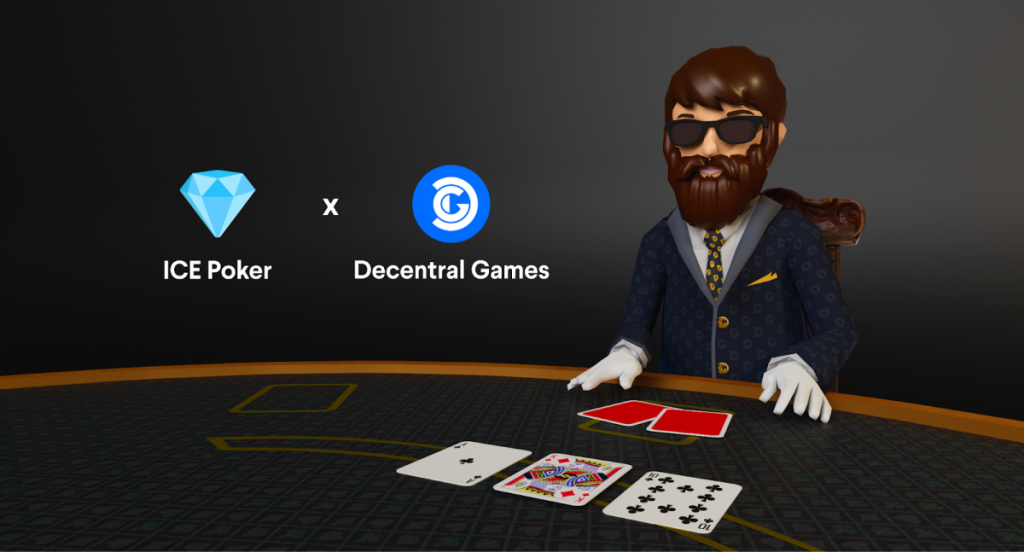
Magic: The Gathering
The foundational CCG that has significantly influenced the entire genre is (commonly known as “Magic” or MTG), which originated in 1993.
Dungeons & Dragons Another early classic that still enjoys popularity is the (often known as PTCG or Pokémon TCG). This game eventually inspired , a mobile augmented reality experience that enables players to use GPS to discover, capture, train, and duel virtual creatures. Another successful CCG that emerged is .
While many of the earliest CCGs were played in real life with physical cards, the digital and internet boom has led to a significant rise in virtual or digital CCGs (DCCGs), many of which are playable on mobile devices or consoles. One of the leading DCCGs is by Blizzard Entertainment, featuring characters and creatures from the World of Warcraft universe. Another notable DCCG is , based on Andrzej Sapkowski’s The Witcher series. A further successful DCCG is .
Pok é mon Trading Card Game
With advancements in blockchain technology, cryptocurrencies, and NFTs, the universe of CCGs has expanded to encompass NFT-based options. Blockchain is paving the future of gaming, allowing players to trade, sell, and lease their NFT card assets.
Many of these CCGs have cards that can be traded on third-party marketplaces like OpenSea, PeakMonsters, and Monster Market, enhancing the play-to-earn aspect alongside engaging gameplay.
Pokémon Go
Gamers are enthusiastic about GameFi (the convergence of gaming and NFTs, including DeFi) for three primary reasons:
Yu-Gi-Oh!
Axie Infinity
the first gameplay and live action Battle Royale Battle Royale card games combine survival mechanics with the interactive dynamics of board games. The game winner is the last player remaining, determined after all opponents have been eliminated.


